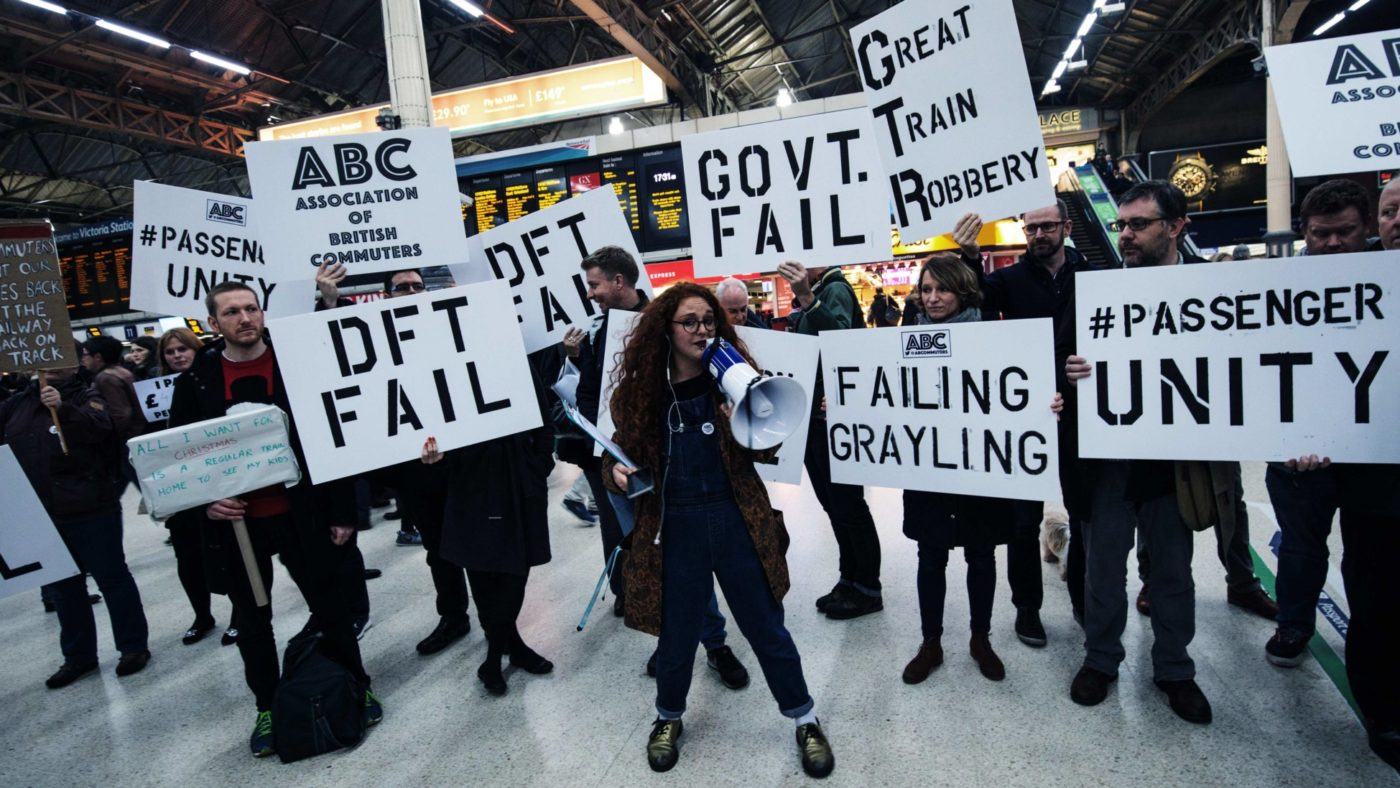During the closing phases of last year’s referendum, as the protagonists traded insults, elements of the Trade Union Bill were jettisoned and others diluted. It is widely believed that concessions were made in exchange for union support and funding for the foundering Remain campaign.
Unions tell ministers they'll spend £1.7m on Labour pro-EU campaign in return for TU Bill concessions they expect Boles to announce today
— Michael Crick (@MichaelLCrick) April 27, 2016
Some of the changes were welcome. A few rather petty and vindictive measures, such as forcing picket supervisors to “wear a badge, armband or other item” so that they could be readily identified, were rightly abandoned.
Other concessions were less welcome. “Check off”, the process by which unions collect subscriptions via payroll, was supposed to be stopped altogether in the original bill – and would have doubtless led to a decline in union income. This was scaled-back to a requirement that unions make “reasonable” contributions towards the processing costs themselves.
But the biggest disappointment of all was on facility time – paid time off taken by union reps to perform duties. It was initially proposed that the amount of facility time taken should be capped in order to stop “pilgrims” – public-sector employees who work full-time for unions rather than doing the job taxpayers pay them to do.
The proposal was dropped. Yet there are massive savings to be made here. According to our report this week, councils are spending more than £14.5 million a year – of taxpayer’s money – on facility time for trade union reps. We found that the average local authority spent 0.10 per cent of its wage bill on subsidising the work of trade unions, with at least 371 full-time staff members working for trade unions at least 50 per cent of the time.
Worse, a third of local authorities still don’t publish data on facility time, so the actual costs could be much higher than suggested.
Unions, whose membership mostly comprises public-sector workers, argue that facility time is good for employment relations and of benefit to taxpayers. But it’s difficult to see how this argument stacks up. Pay in the public sector remains higher than in the private sector, pensions are worth five times as much, job security is far greater and holiday entitlements are more generous.
Combined with the fact that spending on facility time is three times higher in the public sector, you might expect employer-employee relations to be a den of tranquillity. Not so.
In 2015, the number of working days lost per 1,000 employees was six times higher in the public sector than in the private sector. In 2014, however, the number of working days lost per 1,000 employees was 44 times higher, and in 2013 it was 21 times higher.
The main reason for the 2015 anomaly was because of the significant increase in industrial action on the railways. They weren’t sick, they were striking. Indeed, Southern, which has attracted the most attention, is only quasi-public sector. Imagine how many strikes there would be if it were taken fully into the public sector and answered only to government.
To mitigate the inconvenience of strikes and alleviate the trauma of commuters, there was also a Government proposal to “repeal nonsensical restrictions banning employers from hiring agency staff to provide essential cover during strikes”. This made it in to the Conservative manifesto – along with the pledge to “tighten the rules around taxpayer-funded paid ‘facility time’ for union representatives” – but was conspicuous in its absence from the legislation.
Thankfully, events of this week give these broken promises new resonance; we now understand that this Government will neither be breaching the letter nor the spirit of its manifesto. Presumably, Theresa May will be only too keen to revisit union reform, and show that her government won’t stand for legislation that is in the national interest being traded in for for short-sighted, short-term political gain.


